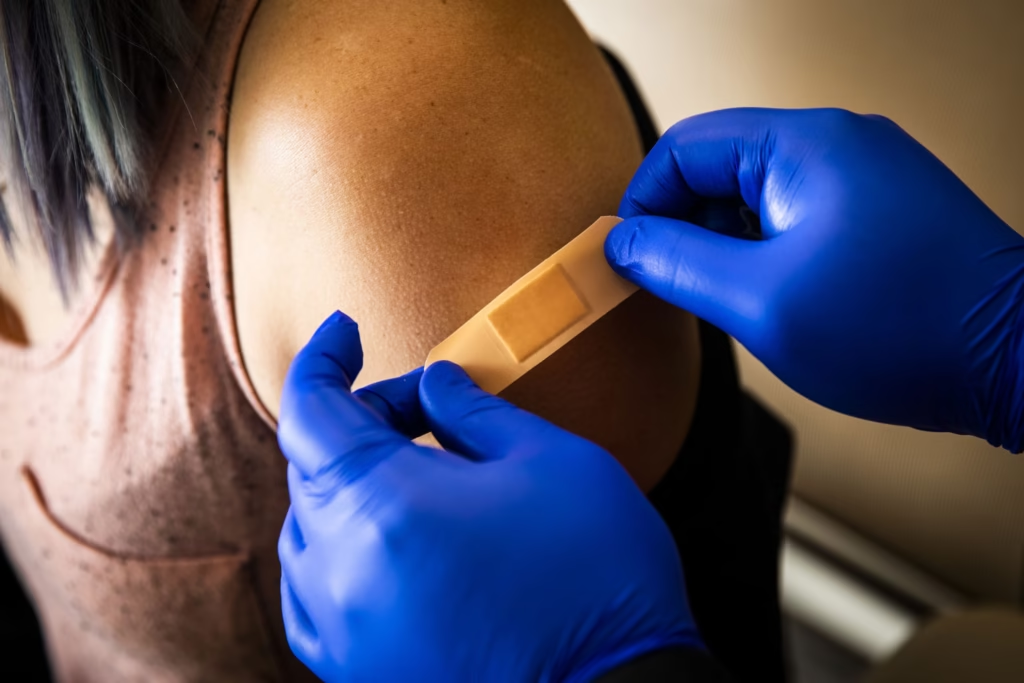Why Trigger Quality Matters
The trigger is a critical and often overlooked component of any firearm. While shooters may invest in sights, lights, and ergonomic grips, upgrading the trigger has a significant impact on consistency, accuracy, and safety. A smoothed trigger pull encourages better control, helping keep sights steady and maintain focus, especially under stressful or time-constrained conditions. Whether practicing at the range or competing, a well-tuned trigger eliminates inconsistencies linked to grittiness or unpredictable breaks, making shots more reliable.
Upgrades like a Glock drop in trigger are popular for their simplicity and immediate benefits. Many shooters experience increased comfort and confidence after switching to aftermarket options, thanks to the improved ergonomics and reliability they offer. The National Shooting Sports Foundation supports that better triggers enhance safety by reducing user error. A reliable trigger pull fosters trust in the firearm, enhancing handling and improving training sessions.
Key Trigger Features to Consider
- Pull Weight: Measured in pounds, pull weight describes the amount of force required to fire the gun. While competitive shooters might prefer lighter pulls for faster shots, those focused on defense or duty may opt for heavier, deliberate pulls to reduce the chance of an accidental discharge.
- Reset Distance: The reset is the distance the trigger must travel forward before it is ready to fire again. Short resets lead to quicker follow-up shots, which are invaluable in both timed courses and defensive situations where every moment counts.
- Take-Up and Creep: Take-up is the initial slack before the trigger starts to engage, while creep refers to extra movement before the sear releases. A good upgraded trigger aims to minimize both, resulting in a crisp and predictable break that feels repeatable shot after shot.
- Material Quality: Triggers produced from high-grade alloys or precision-machined components last longer and provide smoother operation. Quality materials also minimize wear and tear, ensuring that an upgrade remains reliable for years and thousands of rounds.
Deciding which features matter most depends on your shooting goals and how you intend to use your firearm. Take the time to test different options or speak with shooters who have a range of experience. The best trigger for one shooter may not suit another—personal preference and specific needs should guide your choices.
Common Types of Aftermarket Triggers
Trigger customization has opened up an entire world of possibilities for firearm owners. The most straightforward upgrade is the drop-in trigger, which enables easy installation and provides immediate improvements in both feel and reliability. These are engineered to reduce installation time and eliminate guesswork, making them ideal for shooters seeking DIY upgrades without requiring a professional gunsmith.
- Drop-In Triggers: Designed for quick installation and immediate performance gains without permanent modifications.
- Adjustable Triggers: Offer the ability to finely tune pull weight, length of pull, and reset characteristics for a fully personalized shooting experience.
- Flat-Faced Triggers: Have a modern contour that some shooters find delivers a more consistent pull, helping keep their finger in the same place with every shot.
- Curved Triggers: Maintain a traditional feel and are appreciated by shooters who want a sense of familiarity and time-tested ergonomics in their upgrade.
Taking the time to research and try out various options will give you a better understanding of what feels right in your hand and help you achieve your desired results.
Installing New Triggers: What You Need to Know
Changing a firearm trigger may seem daunting, but modern aftermarket triggers are designed for ease of use. Many drop-in kits require only basic tools, and manufacturers often provide detailed instructions and video guides. With patience, installation can be straightforward; It’s Rewarding. It’s crucial to comply with local, state, and federal regulations regarding firearm modifications, as restrictions may apply. Consulting professionals or online communities is advisable to ensure safety and legal compliance.
Performance Benefits from Upgrading
Investing in trigger upgrades leads to noticeable benefits for shooters, including improved accuracy and tighter groupings. Frequent shooters, including competitors, can experience reduced fatigue and faster split times, ultimately enhancing their overall performance. These upgrades also benefit home defense advocates, instructors, and recreational shooters by increasing control and confidence with every shot.
Trigger Safety Best Practices
Responsible shooters prioritize safety when modifying their firearms. After installing a new trigger, they should conduct function checks with dummy rounds to ensure proper operation. Trigger discipline is crucial, and testing the gun with various ammunition is recommended. Manufacturers need to follow their guidelines for maintenance, inspect for debris and wear, and adopt good habits to prevent accidents and maximize the benefits of upgrades.
Staying Informed with New Developments
Continuous improvement today defines today’s shooting landscape. To stay current with the latest trends, shooters should regularly consult industry sources, trusted online communities, and reputable publications that feature new products and insights. Publications like Guns & Ammo regularly review emerging trigger innovations, reporting on breakthroughs in materials and engineering that further refine reliability and feel.
Staying educated helps shooters make informed choices, ensuring they’re benefiting from the latest safety improvements and technological advances. By networking with other enthusiasts, attending events, and staying up-to-date with the latest research, shooters can stay ahead and maximize the potential of their firearm investment.

